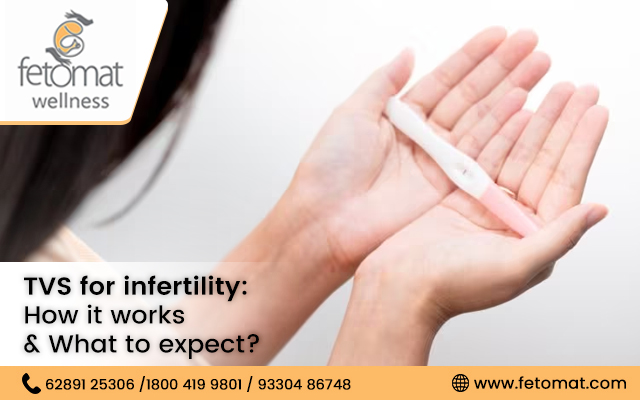What is TVS? Answers an infertility doctor
Transvaginal ultrasonography (TVS) is a safe and effective diagnostic procedure conducted by infertility doctors to investigate infertility in women. TVS can provide detailed images of the reproductive organs including the uterus, ovaries and fallopian tubes to help identify any abnormalities or conditions that may be causing infertility.
The investigation of a woman’s fertility usually involves a high-quality ultrasound with Doppler, preferably with 3D imaging capabilities to assess tubal patency. This is known as a “fertility scan” and is performed transvaginally to get the best results. The equipment used during the procedure should have high-resolution imaging with sensitive colour and spectral Doppler modalities.
When is the ideal time for TVS? Answers an infertility doctor
The ideal time for a transvaginal ultrasound scan can vary depending on the reason for the scan. For women undergoing fertility testing, a TVS may be recommended during the follicular phase of the menstrual cycle to assess the ovarian function, follicle development and the thickness of the endometrial lining.
Additionally, TVS may be performed on 10 -12 day of the menstrual cycle to evaluate conditions such as polycystic ovary syndrome (PCOS) and uterine fibroids. It is best to follow the recommendations of your doctor who will determine the most appropriate timing for a TVS scan based on your individual needs and circumstances.
How is the uterus examined during TVS?
During a Transvaginal Ultrasonography (TVS), the expert of the best infertility solution clinic in Kolkata assesses the dimensions and position of the uterus, including whether it is anteverted or retroverted. They also examine whether the uterus is mobile and its relationship to surrounding organs such as the bladder and bowel.
Your doctor will look for any gross abnormalities of the uterus, such as congenital anomalies, large tumours (fibroids), polyps, or evidence of adenomyosis in the uterine wall. Additionally, a reputed infertility doctor in Kolkata evaluates the endometrial lining for a trilaminar appearance (triple line) with a minimum thickness of 7mm, which is considered a reliable marker of good endometrial receptivity to receive an embryo. He/She also assesses the uterine artery blood flow around mid-cycle which can provide further information about the health of the uterus and its ability to support implantation.
How are the follicles examined during TVS?
During a transvaginal ultrasound scan, a normal fallopian tube is typically not visible unless there is free fluid present in the pelvis. The expert of a fertility centre may look for tubal abnormalities such as swollen tubes (hydrosalpinx) that may suggest tubal disease. However, hystero-contrast sonography (HyCoSy) offers an alternative to the hysterosalpingogram (HSG) test to determine whether the fallopian tubes are open or not.
How are ovaries examined during TVS?
Ovaries are measured in three planes using 3D ultrasound and the ovarian volume is also calculated. Each ovary should contain 5-10 antral follicles with good blood flow. Ovarian reserve is considered diminished when the ovarian volume is less than 3 ml or there are less than five antral follicles between the two ovaries.
Also, a dominant follicle in one of the ovaries of about 16-18 mm in diameter with a circle of blood vessels around the follicle should be demonstrated on colour or power Doppler in mid-cycle before the release of eggs.
Normal ovaries can be easily differentiated by an infertility doctor from those that are polycystic ovaries on days 10-12 of the menstrual cycle. The expert of the best infertility solution clinic in Kolkata also assesses the ovaries including checking for gross pathologies such as ovarian tumours and complex ovarian cysts. Detailed assessment of an ovarian cyst involves evaluating the character of the cyst wall (smooth versus irregular) and intracystic anatomic appearance (septated / papillary) to establish the likelihood of a tumour, inflammatory or endometriotic process, as opposed to a simple functional cyst.
What other conditions can Transvaginal Ultrasonography (TVS) detect?
With the help of TVS scan, doctors of the fertility centre differentiate a pelvic infection from appendicitis, urinary tract infection and complications of a bleeding ovarian cyst.
Conclusion
TVS procedure is safe and effective if you are considering undergoing fertility treatment. It allows doctors to visualize the reproductive organs and identify any abnormalities that may be contributing to infertility.
Patient Review
“Good environment. Professional behaviour. Report quality good.”
Ratul Maiti

